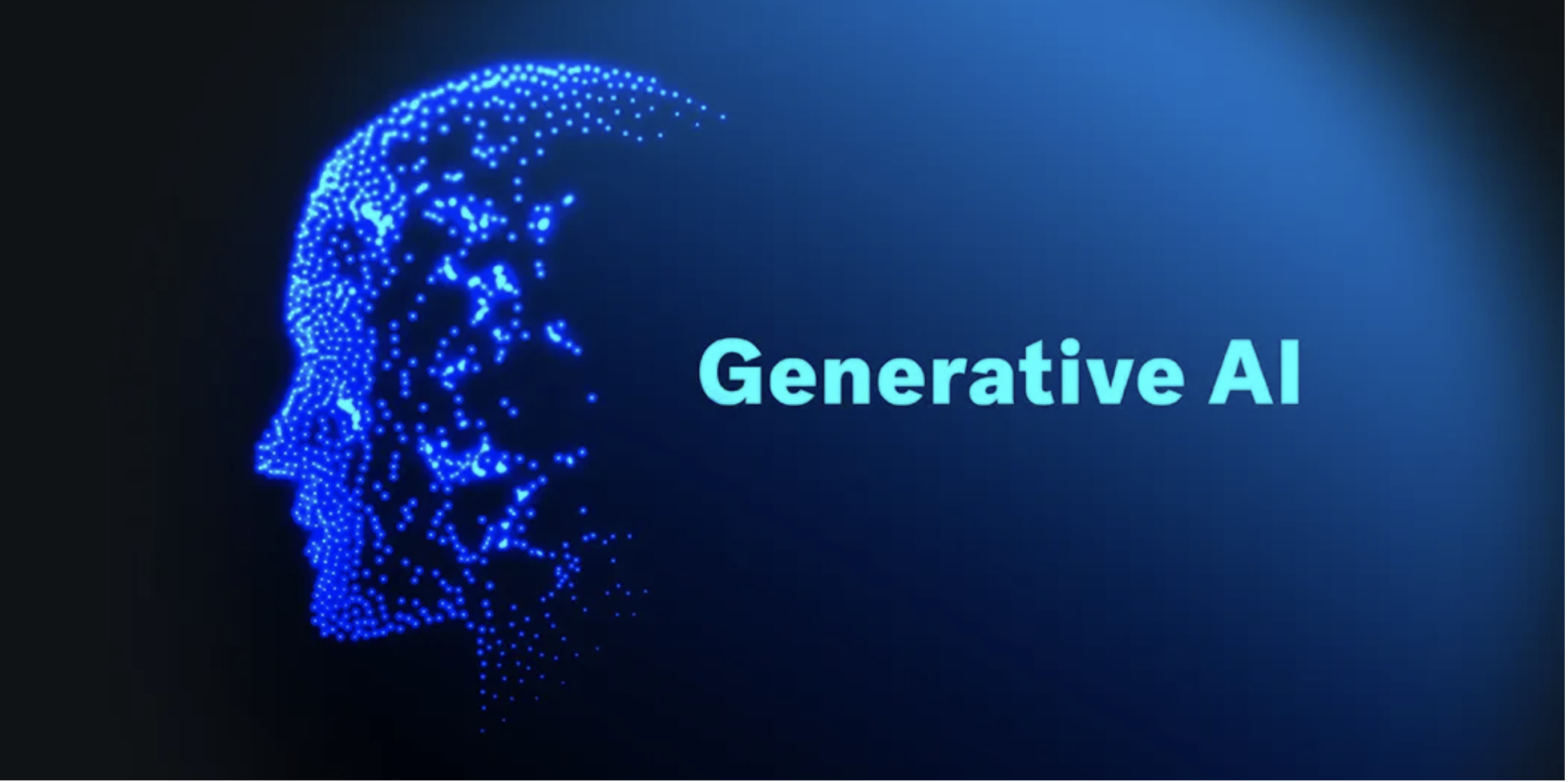The software industry is constantly evolving, with new technologies emerging that reshape the way we develop, deploy, and interact with software systems. Staying current with the latest trends is crucial for anyone looking to advance their career in tech. Here’s a look at the top 10 latest software technologies, along with definitions, the best learning resources, and job opportunities in each field.
OpenAI is not just advancing technology; it's redefining the boundaries of what artificial intelligence can achieve, unlocking new potentials that drive innovation and shape the future of human-computer interaction.
Unknown
Deep Dive into OpenAI: Insights from Key Whitepapers
Introduction to OpenAI's Research
OpenAI, a leading artificial intelligence research organization, has significantly impacted the field of
AI through its groundbreaking research and development. By analyzing key whitepapers, we gain a deeper
understanding of the technologies and methodologies behind their innovations. This blog post explores
the core findings from several influential papers, shedding light on the advances in natural language
processing, image generation, and more.
Key Whitepapers and Their Insights
1. "Language Models are Few-Shot Learners" (GPT-3)
Published in 2020, this paper introduced GPT-3, a model with 175 billion parameters. It
revolutionized the field by demonstrating that a single large model could perform a variety of
language tasks with minimal fine-tuning. Key takeaways include:
- Few-Shot Learning: GPT-3's ability to generalize from a few examples allows it to perform tasks like translation and question-answering with impressive accuracy.
- Scalability: The paper highlights the benefits of scaling up model size to improve performance, though it also notes the challenges related to computational resources and ethical considerations.
- Applications: GPT-3’s capabilities have broad applications, including in chatbots, content creation, and educational tools.
2. "DALL·E: Creating Images from Text" (DALL·E)
The 2021 paper on DALL·E explores the model's ability to generate high-quality images from textual
descriptions. Key insights from the paper include:
- Image Synthesis: DALL·E leverages a transformer-based architecture to synthesize detailed and imaginative visuals, bridging the gap between text and image generation.
- Zero-Shot Generation: The model demonstrates an ability to generate coherent images from novel prompts without additional training, highlighting the versatility of the approach.
- Creative Applications: The technology enables diverse applications, from art and design to educational tools and interactive media.
3. "Codex: A Model for Code Generation" (Codex)
Introduced in 2021, Codex extends the capabilities of GPT-3 to code generation and understanding.
The paper discusses:
- Programming Language Support: Codex supports multiple programming languages and can assist with tasks ranging from code completion to full program generation.
- Interactive Development: The model’s ability to understand and generate code enables more interactive and efficient development processes.
- Integration: Codex integrates seamlessly with IDEs and development tools, providing real-time assistance and boosting productivity.
4. "Whisper: Robust Speech Recognition" (Whisper)
Whisper, introduced in 2022, is a model designed for automatic speech recognition (ASR). The paper
emphasizes:
- Accuracy and Robustness: Whisper demonstrates high accuracy in transcribing and translating spoken language, even in noisy environments.
- Multilingual Capabilities: The model supports multiple languages, making it versatile for global applications in accessibility and communication.
- Real-World Applications: Whisper's technology is applicable in various domains, including transcription services, virtual assistants, and multilingual communication tools.
Practical Implications and Future Directions
The insights gained from OpenAI's whitepapers reveal the transformative potential of AI technologies.
Each model contributes to expanding the boundaries of what artificial intelligence can achieve, whether
through advanced language processing, creative image synthesis, or robust code generation. Future
research will likely focus on improving the efficiency, scalability, and ethical implications of these
technologies.
As AI continues to evolve, staying informed about advancements and understanding their implications is
crucial for developers, researchers, and policymakers. Engaging with the latest research and whitepapers
provides valuable context and guides the responsible and innovative application of AI technologies.
© 2024 OpenAI Insights Blog. All rights reserved.

